We covered the 2 foundational principles in the last episodes. Now, let's take a look at the case study of Facebook's Libracoin.I'm sure you have heard about Facebook releasing its own token as a currency. It caused a lot of controversy with its initial plans. So they took some time and re-designed the economics of the libra token. Facebook released a new whitepaper for the Libra token.Today, we will deconstruct the economics design of Libra token according to the framework to design your virtual economy.
- Why economics design of libra coin is the future
- Guideline to the economics design framework
- Applying libracoin to the framework
Note: we are going to use the words "coin" and "token" interchangeably.
1) Why economics design of libra coin is the future
Firstly, we are talking about libra as a use-case, the payment system. Not libra blockchain protocol. The libra protocol is the underlying technological stack that the payment system is built upon.
Simplification: It's like talking about making whisky. We need barley, the fermentation machine, yeast and water. But we are not talking about building the wooden casks for the whisky to ferment in. That wooden cask is the underlying tech stack, which is the libra blockchain protocol. We are talking about the ingredients to make the whisky.
This payment system is an economy on its own, with various users coming together and interacting. Here, we are talking about the design of this payment system's economy. The libra coin is the asset that represents value being transferred within this payment system. So when users come together and interact, the common asset that they are transacting is the libra token.The key takeaway in economics design is that we are creating programmable assets, programmable mechanisms, programmable economies and even programmable supervision for compliance purposes.The beauty of economics design is that we design 2 things: 1) libra token (which is the value representation) and 2) the environment in which this token will exist in.What does it mean when we say "the environment in which this token will exist in"?It is
- who gets to interact with the token,
- what value is this token representing in the environment
- where are the various environments the token can be used (geographical constraints, judicial limits, legality)
- when is transactions being validated and accounted for, so as to avoid double-spending
- why or value-add that the token brings to the user,
- how users get to interact with each other
These are the factors that goes into economics design of the libra coin. It goes beyond just 1 jurisdiction to reach a global scale. It also exists in the digital world but interact with the "real world". That means the impact of this libra coin design is widespread — in terms of geographical limits and application to our daily lives.As the world becomes more digital, thanks to Covid19 and not your digital innovation department, this is the start of the future. We are designing the future.
LibraCoin 101
the possible functions of a digital token can be SUMmed up as:
- Security
- Utility
- Money
This libracoin takes up the function of MONEY.With money, you can divide it further to pegged money or not pegged money. Libracoin will have 2 types of coins: pegged money and not pegged money.Pegged money just means 1 for 1 representation.
Simplification: Let's say 1 book means 1 dumbbell. So to generate 1 dumbbell, I need to put 5 books in my bank and create 5 dumbbells. To take 1 book out, I destroy that 1 dumbbell and retrieve 1 book. So the value of 1 dumbbell will always be equal to 1 book.
Not pegged money can be in different forms. For example,
- The money can be representation of a basket of currencies. So let's say Lisa-Dollars is created by having a basket of 5 types of whisky. The 5 types of whisky can change in value, which affects Lisa-Dollars. (Fluctuates less) Real world example: Singapore Dollars
- The money has value on it's own. Everyone believe that Lisa-Dollars is the new USD, so everyone just trades in Lisa-Dollars and there is a market for it. there is a supply and demand for it. and it has a value. It sounds like creating money out of nothing, as long as people believe in it. Yup, in simple words, yeah that is it. There is more complication to that, but that is the idea. (Fluctuates more) Real world example: US Dollars
In the Libra network, you have 2 types of these coins.The pegged money will be pegged to major currencies like USD, GBP, EUR. 1 Libra-USD = 1 USD. They get this by putting 1 USD in the bank, and create 1 Libra-USD coin. It does not fluctuate.The unpegged money will be defined by a basket of currencies. That is the LBR coin. It is a mix weightage of various currencies like USD, GBP, EUR, JPY, CHF. It fluctuates slightly.So now that we have the general idea of Libracoin set in stone, let's understand the framework to economics design.
2) Framework to Economics Design
This is the framework to designing your economics model. It consists of 3 pillars, market design, mechanism design and token design. Token design is optional, because not every economy requires a token.Market design is the design of the environment. This environment is where people interact with each other.Mechanism design is the rules of the game. The rules that the people must adhere by. Without rules, it is nearly impossible to coordinate any transactions in your economy.Token design is the design of the token itself. The token is a representation of value in your economy. The token can have various functions like security (representation of an underlying asset), utility (like a protocol token to transfer data and information) or money (as a means of payment, store of value or unit of account).Token design is not always important because sometimes, you really don't need a token. It could be an economy of users or agents, inputing information into a database. And the information is used to coordinate transactions within your economy.
Case in point: maritime insurance and shipping. The users input data like volume of cargo, departure date, etc. When things happen, the insurer can use the information in the database and generate automated payouts to the companies. The payouts are finalised off the database, hence you no need tokens to represent payouts.
Things to note
- The factors have varying level of importance in the ecosystem. I would argue that governance is the most important of all factors, but then again, it depends on your objective of the ecosystem.
- Not every factor is relevant. Sometimes, the entire column of token design is not necessary. Sometimes, bargaining protocol is not necessary. Sometimes, congestion issue is resolved in the underlying blockchain protocol layer, and hence not an issue in the use-case application layer.
- These factors are mainly factors that can be designed and built from within the ecosystem. There are a lot of other factors like blockchain protocol layer, competency of the team, secondary market implications, etc.
3) Economics Design of Libra Network
Before we begin any design of anything, the first step is to define the objective of the design. Like in calculus and your first order condition, you need to know what you are optimising. Otherwise, you can design anything you want, and it makes no sense.It's kinda like your life, where you have to know the objective in your life. Then design the kind of life you want, to achieve that objective.Same thing over here, we have to set the objective before we begin the design.The objective of this Libra network is to support global, cross-border exchanges. How? Through stabilisation of currency and value preservation. Its objective is not monetary sovereignty, as in a global currency to replace the USD.Now, that is the overall objective. The economics design objective is more structured. It is to build trust in an efficient payment method. That is something much more concrete to work with.
Market Design
Market design is the design of the environment. So that people can interact with each other. Libra, being part of Facebook has designed that in 2 layers: end-user and association.For the end-user, it is the Facebook account holders. There's 2.5 billion of them. These people are regular people like you and me, using Libracoin to send money abroad.For the association, it is the "behind the scenes" people. They are part of governance, various types of regulatory or compliance users, validators, etc. This is defined with the partnerships of companies in the Libra network.Market design has 3 factors: thickness, reduced congestion and safety.ThicknessThickness just means how dense the network is, so that people can transact with each other easily.
- Currency. Libra does it with having single currency for domestic use-cases and multi-currency LBR as a common denominator currency for cross-border transactions. It is then converted to local currency to spend. Instead of finding liquidity of a common asset to enable cross-currency transactions, Libra facilitates that with the LBR coin.
- Intermediaries. Having the LBR coin to enable ease of exchange is not enough. It is also important to have a network of resellers and exchanges to buy and sell the coins. People like the money exchange shops on the streets, market makers, OTC desks, etc. There is enough demand and supply in the network that people can transact easily, not having to worry about not finding a market to trade.
- Participants. For the end-user participants, Facebook brings enough network effects that it is good to go. For the association level, Libra has different types of participants. Like subsidiaries, members of association, market makers, asset service providers, and wallet users. These create a dense network to enable trading and transaction of the coins, beyond just end-users.
- Standardisation of database structure. At the end of the day, blockchain is a database that cannot be edited. And one way to encourage the network users is to standardise the database structure. Imagine if everyone in the world spoke the same language. Life would be so much easier right? Currently, each company's system speaks a slightly different language. With Libra, it is trying to create that 1 common language that these company systems are speaking. And what's the benefit of this? It lowers the cost of compliance because you do not need 100 regulations for 100 different systems. This also means that smaller firms can join the network. That is increasing the thickness of the network.
Reduced congestionSince Libra is building its own blockchain protocol too, this congestion issue is resolved at the protocol layer. Also, since it is a permissioned blockchain, it has much less issues to deal with.On the payment system level, Libra reduces congestion by having more dealers, exchanges and market makers so people can transact anytime they want to. In a way, it is decentralised, because there is no 1 exchange or 1 market maker governing the LBR coins.Because things are digital, we can program more mechanisms. Like automation at the protocol level for compliance control. Such as sanctioned addresses, jurisdictions, monetary limits, etc.Safety
- The entire purpose of having more dealers, exchanges and market makers is to assure the end-users that they can convert the LBR coins to their local currency. This is a very important step, because the objective of the Libra network is to enable cross-border payment, not monetary sovereignty. (I told you that setting the objective is very important. Because it affects our design!)
- In the physical world, we have fractional banking. That means when we put our money in the bank, the bank lends a fraction of that money out. It's good because it creates money and allows the economy to expand. It's bad because when things happen, everyone rushes to get their money out, and banks do not have money to return everyone immediately. So like many projects in the cryptospace, Libra is 100% backed by the coins in circulation. With the pegged coin, 1 USD in the bank means 1 Libra-USD being minted. When 1 USD is removed, 1 Libra-USD is burned and destroyed. The similar concept is also used in the LBR coin. (Once again, this design factor is due to the objective of being a cross-border solution, and not monetary sovereignty. That means Libra is not using the LBR coins to create a multiplier effect and grow the Libra economy. It is just used as a form of money.)
- There is KYC, AML and compliance programs for all participants to follow. There is also a written agreement with market makers, which I assume is legally binding. And there is a high level of due diligence at every level. (Again, this is because the objective is to build trust in the network. And this is one way to build trust.)
- There is cross-border solutions in place already. But they are usually only available for users that have bank accounts. So one of the goals of Libra is to help the unbanked get access to funds. Think of someone going abroad to work, and sending money back to the family. The family doesn't have a bank account, so how do they receive money? Here's where Libra hopes to solve the problem. The solution is to have a transaction limit and max address balance on unhosted wallet addresses. Wallet addresses are basically your bank accounts.
- Lastly, given that a single company can play many roles, like market-maker, member of association and a custodian wallet, the misconduct or moral hazard can be amplified. So this is done by having varying level of governance and participation. And to increase the skin in the game for entities to join by asking them to pay a hefty sum of money. Sure, this is not perfect and the system can still be rigged by the wealthy. The solution is to reduce such chances by increasing skin in the game. When people have more to lose, they think twice about their actions.
Mechanism Design
Mechanism design is designing the rules of the game. This can be in terms of coded rules or rules that requires human inputs. There are 3 factors, each with other sub-factors: Governance, non-financial incentives, structure.GovernanceGood governance support the stability of the payment system and other public interests. I call it social optimisation function.Where else is consensus used? In the weightage of the LBR coin. That is a basket of currencies with different weightage to give value to the LBR coin. This is governed by FINMA.It is also used to validate transactions. Since the Libra network is a permissioned blockchain, people have to "buy in" to get a seat at the governance table. In general, these people are the ones that define the ongoing governance by having consensus with the decisions made and to validate transactions with 2/3 supermajority of the association members.Everything else is governed by machines, which is smart contract. For example, FINMA determines the weightage and currencies, and the smart contract executes it. In the future, there could be other players like central banks, regulators, IMF.Governance is not just about decision making. It is also to reduce problems occurring or to resolve problems when they occur. Like preparing for a pandemic and containing the pandemic.I mentioned a few times about programmable systems. Here, we can embed programmable rules or supervision in the governance layer. That is the compliance monitoring and enforcement of regulatory rules. Regulatory rules would be legal rules and systems.LBR coin is used as a unit of account and transferred between participants with smart contract. It is hardcoded, transparent and reduces double-spending.Lastly, resolution is key when shit happens. Let's say there is a run on bank and everyone decides to withdraw all the money. In the real world, usually banks will close and stop people from withdrawing. But in cryptoworld, life goes on, 24/7. So, there are 2 ways to reduce the fire-sale, to slow the speed of people withdrawing instantly.That is to delay redemption to 1) allow the network to liquidate their assets and 2) pay a fee if you want instant redemption. Even though the assets backing the network is highly liquid, it takes some time to liquidate them, and return the cash value to the users. Hence, time is required. We will go more into details in the token design section.Non-financial incentivesThe paper did not talk about about voting in the association level for governance.They did mention a little on allocation mechanism. Coins are mint and burnt according to market demand. That means, when money is added in (via cash or short-term securities), coins are minted. When money with withdrawn, coins are burnt. I wish they spoke more about the minimum holdings in each participation level, like exchanges, market makers, dealers, OTC desks.StructureThere is no bargaining or auction mechanisms involved, since prices are the same as real world. Hence, the interaction between real world and programmable digital world.Due to the interaction, there is a need for external information defining the structure of the mechanism design, aka rules of the game. For example, a hard limit rule by the real world is capital control and foreign exchange limits. These rules need to be added into the transaction rules when users are doing cross-border transactions. Of course, this can be automated.In the future, as central banks release CBDC and see an importance to take on a governance role in Libra, the central banks can manage their associate reserves in the Libra network, and replace fiat with CBDC.
Token Design
Finally, the last pillar: design of the token. We look at token policy, financial incentives and architecture of the token. Once again, I must emphasise that token design is more than finding a value for your token in the secondary market. In fact, that should not even be in your top 5 priorities.Token policyToken policy is both monetary policy and token valuation.When it comes to monetary policy, the coins in Libra network are backed by highly liquid assets. They function similar to the special drawing rights in the IMF.
Quick crash course: special drawing rights at the IMF In the IMF, SDR are a a unit of account to settle claims for accounting purposes. It consists of a few major currencies with different weightage. Each country in the IMF has some SDRs and they can trade with each other, to exchange for foreign currencies.
LBR function similar to the SDRs, and are used as a unit of account for accounting purposes. The LBR is made up of fixed amount of single currency stable coins (the pegged coins).These pegged coins are backed by reserve assets. That means1) there is no new money creation. 1 USD in the bank means 1 Libra-USD being created. It is a 1-for-1 exchange.2) The reserve assets have to add up to the value of coins being minted. So the reserve has cash and short-term government securities like very safe government bonds.Now, the split is important to how we value the LBR coin. The pegged coin's valuation is obvious, it is whatever your physical money is. $1 is $1. £1 is £1.With the LBR token, it is a weighted basket of currencies. It is made up of a mix of 80% safe securities and 20% cash equivalents. The securities have short-term maturity, low risks and are highly liquid.This is to ensure that the assets in the reserve is the same as the value of pegged coins minted.
Simplification: If that's confusing, just imagine LBR as a hamburger and pegged tokens as cheese, buns, lettuce and patty. And the LBR is combining these ingredients together to make a new asset called hamburger. Aka LBR coin. So you can trade with hamburger as a whole, or individually as in cheese, buns, lettuce and patty.
Financial incentivesFinancial incentives for the end users are not evident, since we are not talking about ROIs and earning more coins via platform activities. However, there are financial incentives at the association level, to earn from the interest rates of the low risk securities.ArchitectureThe coins' distribution channel is to distribute libra coin through regulated dealers. Coins are minted and distributed to the market via these dealers. Users can only access them via the dealers, and not from association members. It's a hierarchy system.The dealers distribute the coins via exchanges and OTC dealers. So end-users like you and me get to use the coins.
Conclusion
This episode summarises the framework for economics design and how Libra's economy is designed. In the next episode, I will share my thoughts, questions and conclusion of its design.
TL;DR: Libracoin is to facilitate existing payment infrastructure, not to compete with the USD and become a global currency. It functions similar to the Special Drawing Rights in the IMF, holding the money function of "unit of account". The design of Libra Network is in 3 layers: the blockchain protocol layer (to resolve network congestion and consensus), end-user layer (to ensure that users can trust the network) and governance hierarchy layer (to ensure proper decentralised governance). Economics design is important in the Libra network because we are programming the environment, rules, mechanisms, regulations and token for the future. We use the framework to understand how well the Libra economy is designed.
[link] [comments]

You can get bonuses upto $100 FREE BONUS when you:
💰 Install these recommended apps:
💲 SocialGood - 100% Crypto Back on Everyday Shopping
💲 xPortal - The DeFi For The Next Billion
💲 CryptoTab Browser - Lightweight, fast, and ready to mine!
💰 Register on these recommended exchanges:
🟡 Binance🟡 Bitfinex🟡 Bitmart🟡 Bittrex🟡 Bitget
🟡 CoinEx🟡 Crypto.com🟡 Gate.io🟡 Huobi🟡 Kucoin.

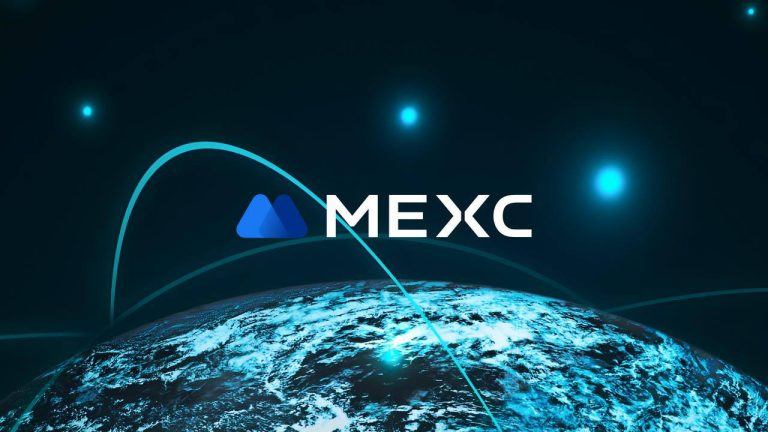


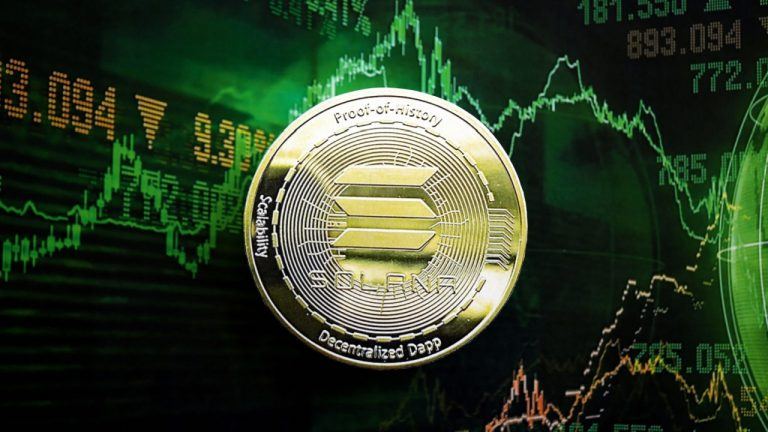
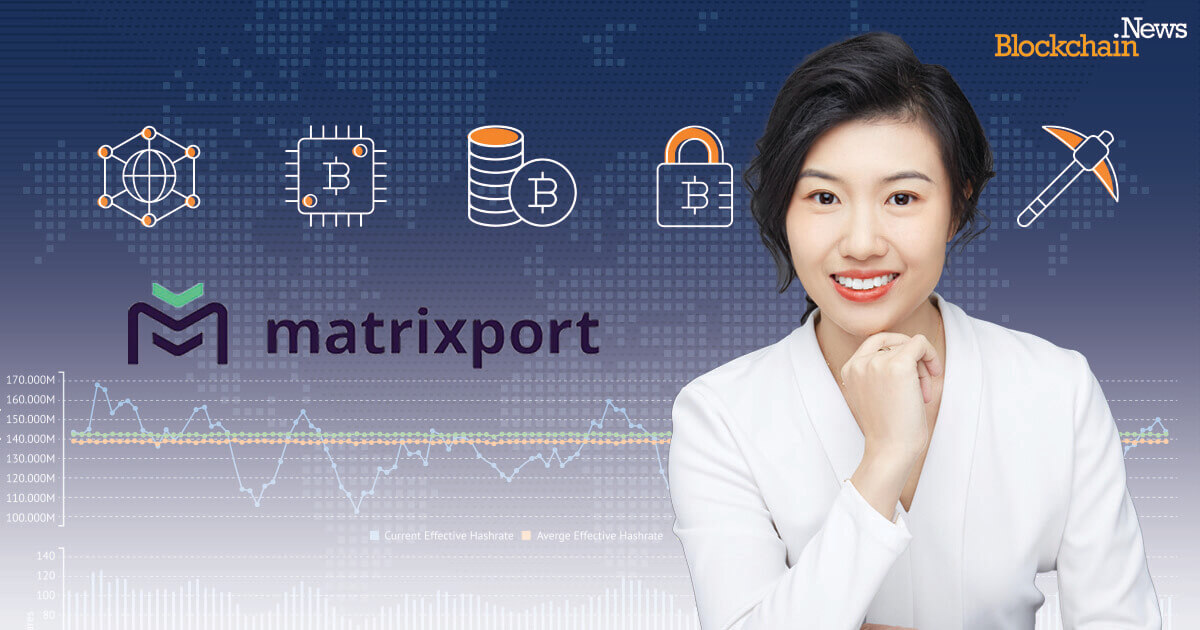
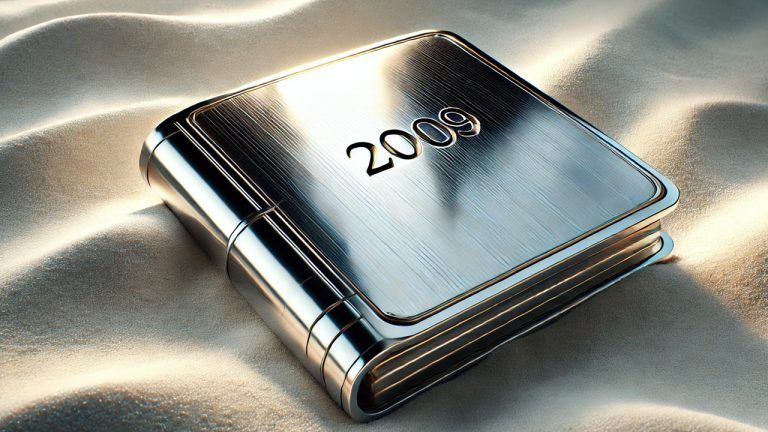
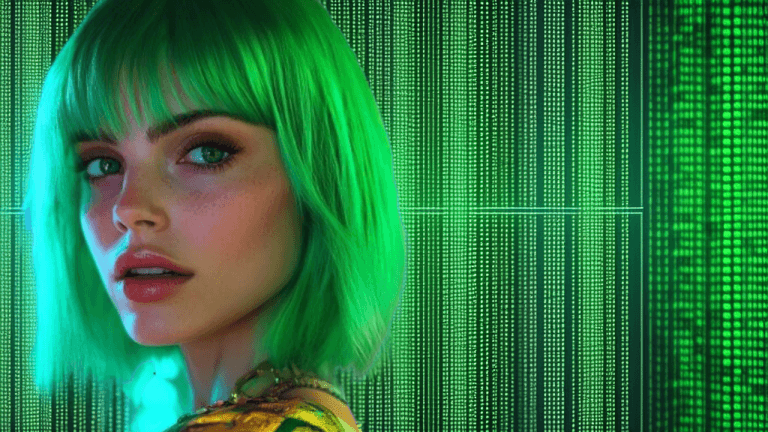
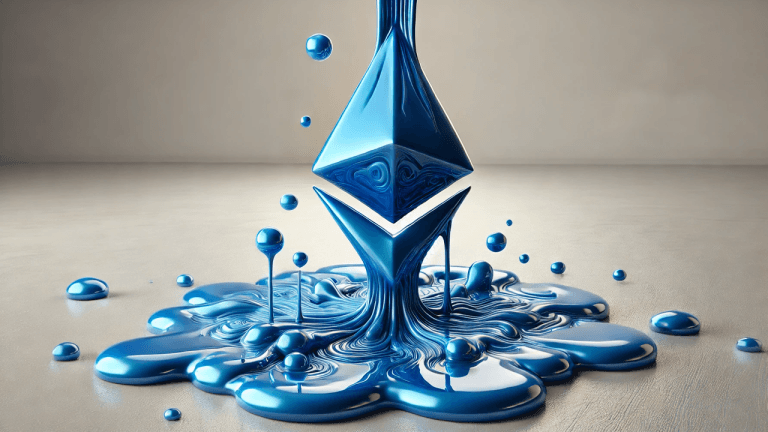
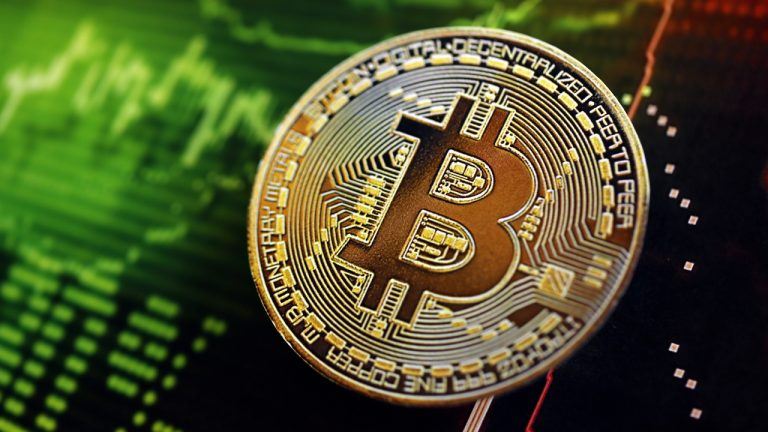


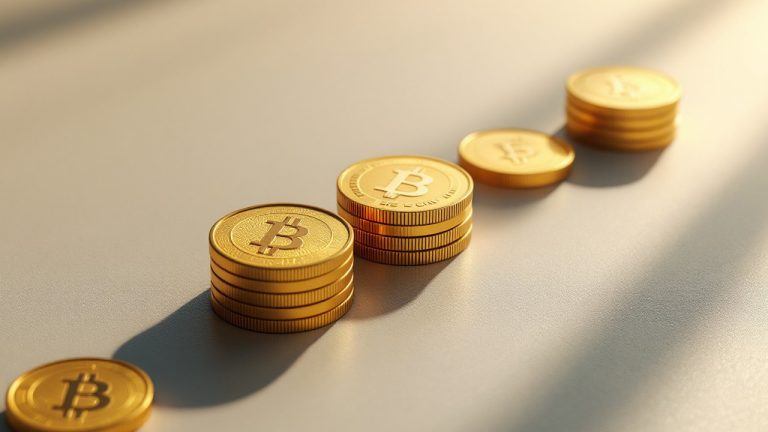

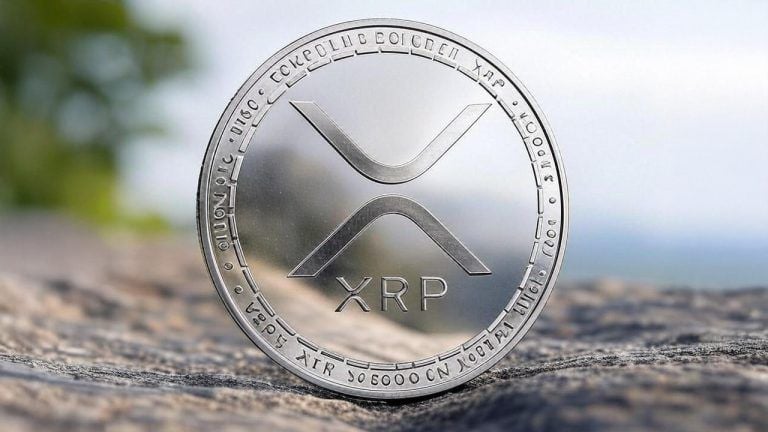




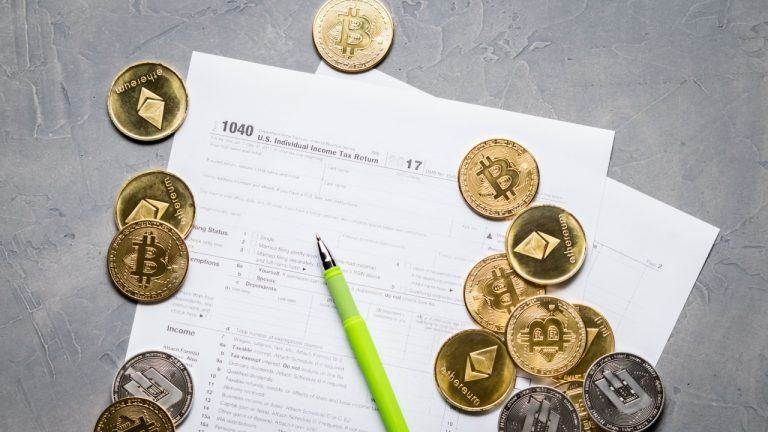
Comments